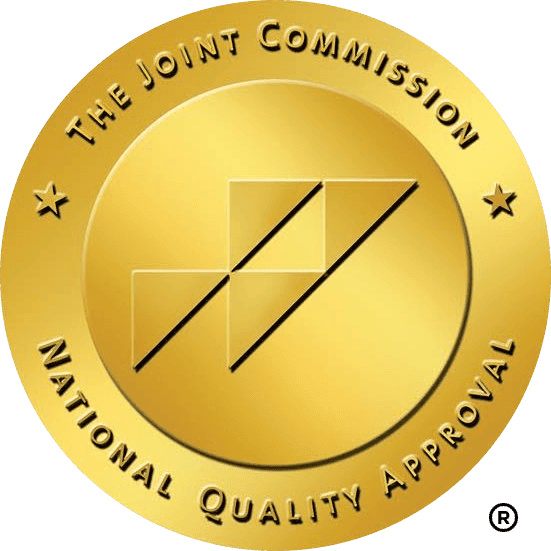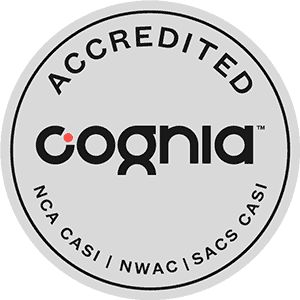Professional Referral
TWAI Psychiatrist & Therapist Referral Network This is an invitation only form. You must have a referral code issued by us. If you are interested in joining our referral network for your area please contact us directly. Sign up to receive Turning Winds community news









